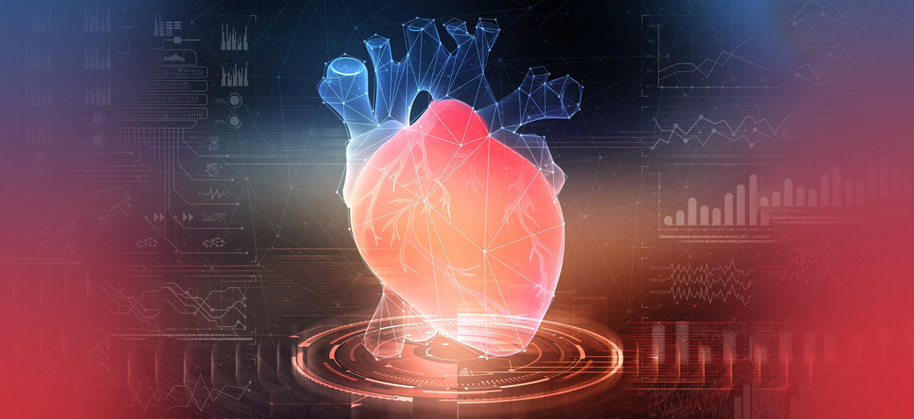
3D PRINTING OF MEDICAL DEVICES AND ARTIFICIAL ORGANS: HYPE OR HOPE?
3D printing is a technology for the additive manufacturing of objects, i.e., adding material layer by layer starting from digital three-dimensional models. It promises to revolutionize many areas, including the medical field, because of the high flexibility for the production of medical devices and artificial organs. However, the high expectations of 3D printing collide with several limitations that need to be overcome, making 3D printing a declared yet unproven success.
3D printing already has applications in dentistry. A well-equipped dental lab can make custom crowns, bridges, and other prosthetic restorations for patients in a time-saving manner. Additive manufacturing can also be useful for reconstructing body parts following an accident: in 2013, the U.S. Food and Drugs Administration approved the use of a patient-specific cranial device from Oxford Performance Materials, Inc. that was designed based on computed tomography. The procedure allowed the reconstruction of 75% of the patient’s skull, and the company received subsequent approvals for 3-D printed facial reconstruction devices. 3D modeling is also useful for surgery planning, e.g., the prototype bone structures created by the Italian research group led by Nicola Bizzotto, or for forensic analysis for reconstructions of victims’ skulls and faces. In 2010, the use of 3D printing was proposed to predict, for educational purposes, the appearance of an unborn baby to simulate the presence or absence of deformities. The future will exploit 3D printing for tissue and organ printing, but in most cases, these are technologies and devices in the preclinical stage.
Artificial organ printing must overcome some limitations before becoming the new frontier of medical devices. First, the supporting scaffold must possess sufficient mechanical strength to be implanted in the body, be successfully vascularized, and have the necessary spatial resolution and internal structure to function as a tissue. Obstacles also exist from a regulatory standpoint: in both America and Europe, medical device regulation has strict rules to ensure the safety and performance of medical products. All of this collides with the biggest advantage of 3D printing: flexibility. Devices made by 3D printing can be highly customized, but this fits poorly with a system where it is generally impossible to change the basic design of a certified product. New rules are needed to ensure the reproducibility, sterility, and, last but not least, safety and performance of medical devices derived from 3D printing. In the future, authorization for the use of an artificial organ (or a medical device 3D-printed in an operating theatre) may be put upon an ethics committee rather than national regulatory bodies. In this case, however, it will be important to distinguish between research and medical treatment. Designing a custom device for a patient with a serious condition and stepping outside the boundaries of the state of the art may be considered medical practice rather than experimentation. However, even if the use of 3D printed dental prostheses would uprise fewer regulatory implications, more aggressive 3D printing-based procedures would subject patients to procedures under uncontrolled circumstances with uncertain outcomes. Finally, new unpredictable ethical dilemmas may arise: for instance, what if modeling healthy unborn fetuses’ prediction was leveraged to persuade a mother against abortion?
The Nobel Prize winner for literature Kazuo Ishiguro hypothesized in his famous novel Never Let Me Go a way for mankind to meet the need for organs for donation: the use of biological clones, created for exclusive and selfish use to ensure the life of human beings “born from parents”. The story is precise in observing two phenomena; the first is the need to find a solution to the transplant lists: every year, in the United States alone, there are more than one hundred thousand patients on the waiting list to receive an organ and, every day, there are about twenty deaths due to the lack of a donor. Overpopulation and the habits of the Western world steadily increase these numbers. The other phenomenon is the fundamental individualism that leads men to worry only about their own well-being, diverting science with positivistic drives and no ethical brakes.
Indeed, science fiction is a distortion and fails to predict the future, but it lucidly analyzes the present. Artificial organ printing may become the new frontier in the medical use of additive printing in the future, but we are still far from those days. In 2011, surgeon Anthony Atala of Wake Forest University described a preliminary study of organ regeneration in a TED talk, showing a bio-ink printed matrix in the shape of a kidney. Some journalists reported the scientifically incorrect news of the first artificial kidney that could be implanted and function. The enthusiasm and inaccuracy of the media, over the years, have generated inordinate hype towards the technology of 3D printing, which today finds itself in a peak of inflated expectations that cannot be realistically satisfied and risk disappointing – consequently invalidating the research and development of a promising technology.
Today, the consolation is that the use of scaffolds for regenerative medicine and tissue engineering exploits successful technologies, such as subtractive manufacturing: a bit the opposite of 3D printing, that exploit subtraction from blocks of raw material to obtain matrices, for example with the decellularization of animal tissues. At Tiss’You, this process is carried out with EstRem, a trans-esterification reaction capable of providing heterologous bone matrices that are perfectly compatible with humans.

